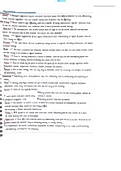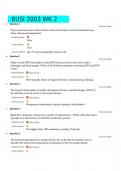Exam (elaborations)
ATI TEAS Study Guide
- Course
- TEAS (ATITEAS)
- Institution
- Online School
This is a comprehensive study guide for those taking the ATI TEAS. Take time go through its very detailed and concise contents that's guaranteed to paly a huge role for that better grade. Happy studying
[Show more]












